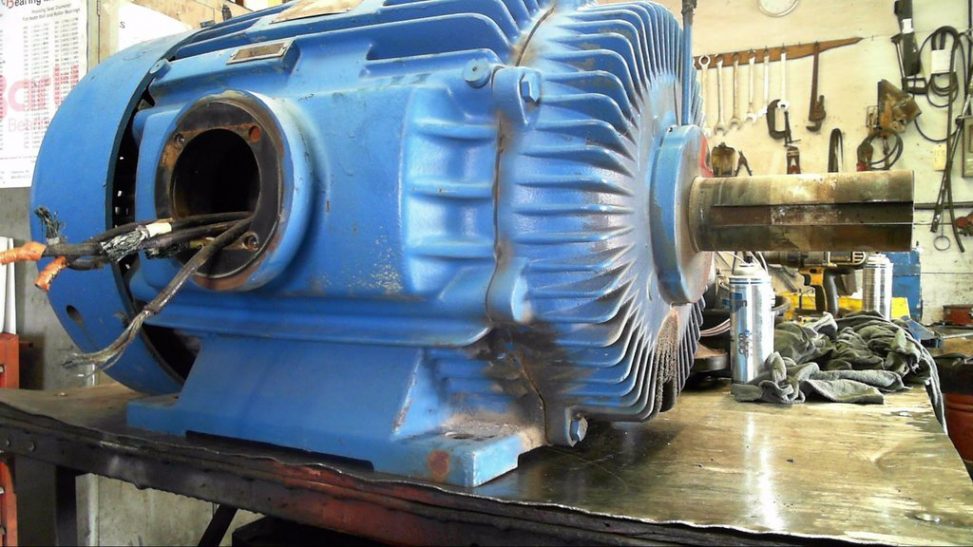Many industries prioritise the extension of electric motors as operational downtime can work out to be very costly. The types of maintenance deployed to extend a motor’s life come in many different varieties, although what each type entails isn’t always very clear. Motor rewind specialist Houghton International walks us through exactly what’s involved in maintenance (preventative, predictive and reliability-based):
Preventative maintenance (PM)
Preventative maintenance is implemented through tests and inspections to identify and expose any potential issues before they become serious enough to make an impact. It’s comprised out of a single set of specific readings which clearly identify the areas in which some work is needed.
The measurement of IR can be included in electrical tests during motor shutdown, while normal operations would see phase voltages and currents testing. Winding resistance, inductance, capacitance measurement and motor current signature analysis (MCSA) can also form part of the process, although this is less common.
Mechanical assessments can also be carried out, in which case they’d include vibration analysis (FFT spectra) and alignment.
Naturally, some of the preventative maintenance will involve small adjustments to make sure the motor runs smoothly. This can involve lubrication, cleaning and the adjustment of bolt tightness and belt tension.
Predictive maintenance (PdM)
Predictive maintenance differs from PM, but it involves forecasting when corrective maintenance will be required. This is often completed through the assessment and trending of PM activities which are normally electrical in their nature, such as a polarization index (PI) test or IR. Motor circuit parameters can also be occasionally analysed as part of the process, so too current and voltage levels as well as MCSA results.
However, the process can also take the form of the trending of mechanical routines, including vibration spectra and thermal scan test results. In monitoring the motor’s performance, corrective maintenance can be scheduled prior to any issues arising. Basically one can predict the lifespan of parts of the motor and make a determination of when maintenance and repairs will be required.
Reliability-based maintenance (RBM)
Reliability centred maintenance (reliability based maintenance) is a way of making a determination of what the best combination of maintenance activities is to make sure the equipment is reliable, along with the likelihood that the motor will continue performing properly under specified conditions.
RBM helps with the reduction of maintenance tasks to the most cost-effective activities, which means that a thorough understanding of the motor and the potential consequences of its failure is required.


